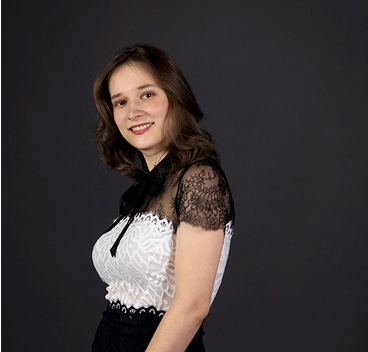by Mike Telin

She concluded her program with a dramatic performance of Saint-Saëns Etude en forme de valse, Op. 52, No. 6.

Cheng filled out his program with a thrilling performance of Rachmaninoff’s (Horowitz) Sonata No. 2 in b-flat, Op. 36. He contrasted a rich, chocolaty sound with beautiful twinkling passages in the first movement. His simple approach to the slow middle section was stunning. His third movement was highlighted by clean articulations, well-balanced chords, and a huge sound that was never muddy. A memorable performance indeed.

The pianist was undaunted by Chopin’s Etude in e, Op. 25, No. 5. (Wrong Note), making sense out of the work’s series of quick, dissonant passages and quirky rhythms.
The foreboding rumble of low notes that grew wonderfully into a waltz, set the tone for Kim’s “orchestral” playing of Ravel’s La Valse. With her clear sound and tasteful holdings of the ends of phrases before moving on, her performance was both intimate and bombastic.

The pianist was quick out of the blocks at the beginning of Liszt’s Transcendental Etude, S. 139, No. 8 (“Wilde Jagd”), taking listeners on a wild ride with the piece’s numerous multi-octave jumps, until landing at the end of a storm of descending chords. This is a piece well suited to Starikov’s musical temperament.

Her Largo e mesto was sad and pensive, just as the movement title suggests, but the sun came out during the Menuetto, where she made the most of its catchy tune. The short middle section was on fire in the best way possible, and she captured the improvisatory feeling of the concluding Rondo.
Magamedova concluded with Prokofiev’s Sonata No. 1 in f, Op. 1, an early work in four sections. The pianist navigated the sonata’s technical demands and sudden shifts in mood with aplomb.
Published on ClevelandClassical.com July 19, 2021.
Click here for a printable copy of this article



